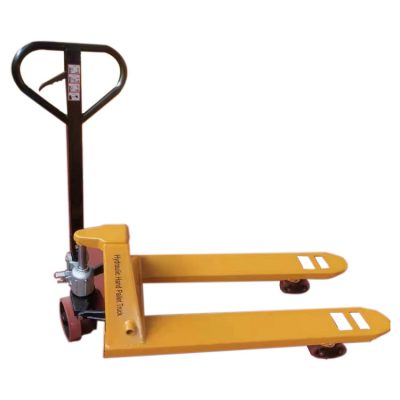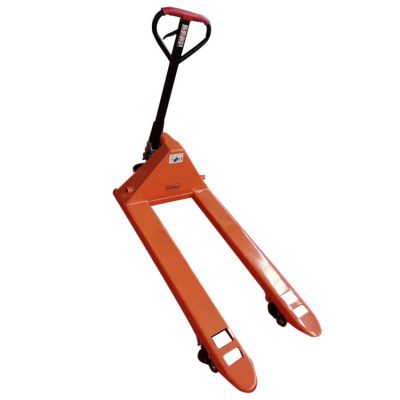The hydraulic mechanical system is mainly composed of five parts: power components (oil pump), executive components (cylinders or hydraulic motors), control components (various valves), auxiliary components and working medium.
Power element
Oil pump
Gear pumps, vane pumps, plunger pumps, screw pumps…
Its function is to use liquid to convert the mechanical energy of the prime mover into hydraulic energy; it is the power part of hydraulic transmission.
Actuator
Cylinder, hydraulic motor
Hydraulic cylinders: piston hydraulic cylinders, plunger hydraulic cylinders, swing hydraulic cylinders, combined hydraulic cylinders
Hydraulic motors-gear hydraulic motors, vane hydraulic motors, plunger hydraulic motors
It converts the hydraulic energy of the liquid into mechanical energy. Among them, the cylinder moves in a straight line and the motor moves in a rotary motion.
Control element
Including pressure valve, flow valve and directional valve, etc. Their function is to steplessly adjust the speed of the hydraulic motor according to the needs, and to adjust and control the pressure, flow and flow direction of the working fluid in the hydraulic system.
Pressure control valve-relief valve, pressure reducing valve, sequence valve, pressure relay, etc.
Flow control valve-throttle valve, speed control valve, diverter valve
Auxiliary components
In addition to the above three parts, other components include pressure gauges, oil filters, energy storage devices, coolers, pipe fittings, various pipe joints (flared, welded, and ferrule), high-pressure ball valves, quick-change joints, soft Pipe assembly, pressure measuring joints, pipe clamps, heaters, oil pipes, pressure gauges, flow meters, sealing devices and fuel tanks are also very important.
Working medium
The working medium refers to the hydraulic oil or emulsion in various hydraulic transmissions, which realize energy conversion through oil pumps and hydraulic motives.



















